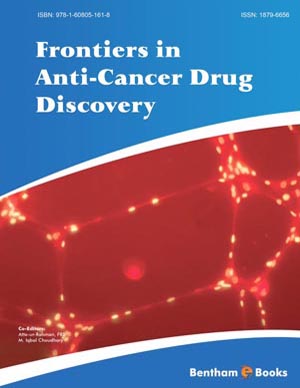Abstract
SHS investigation development is considered from the geographical and historical viewpoint. 3 stages are described. Within Stage 1 the work was carried out in the Department of the Institute of Chemical Physics in Chernogolovka where the scientific discovery had been made. At Stage 2 the interest to SHS arose in different cities and towns of the former USSR. Within Stage 3 SHS entered the international scene. Now SHS processes and products are being studied in more than 50 countries.
Abstract
While most anticancer agents are small molecular weight compounds that inhibit specific steps in the pathways contributing to cancer growth, or monoclonal antibodies that target specific antigens hyperexpressed in cancer cells, recent efforts have also been directed towards bacterial pathogens that are known to allow cancer regression. Consequently, patents that cover the construction or characterization of specific bacteria, with or without additional cloned genes, are available. This chapter is, however, focused on patents that claim bacterial proteins as potential anticancer agents. In particular, we describe two bacterial proteins that demonstrate both anticancer and antiviral, and often antiparasitic, activities, and therefore the patents cover multiple aspects of the potential use of such bacterial proteins in the treatment of not only cancer but also malaria or other parasitic diseases and HIV/AIDS and similar viral diseases. We also briefly discuss patents that cover the use of CpG-rich DNA, including bacterial DNA, as potential anticancer agents.
Keywords:
Cancer, HIV/AIDS, Malaria, patents, Cupredoxins, Cytochromes, Azurin, Laz, Arginine, Deiminase, Pa-CARD, Pseudomonas aeruginosa, Neisseria meningitidis, Mycoplasma arginini
Recommended Chapters
We recommend

Authors:Bentham Science Books


 Download PDF Flyer
Download PDF Flyer



